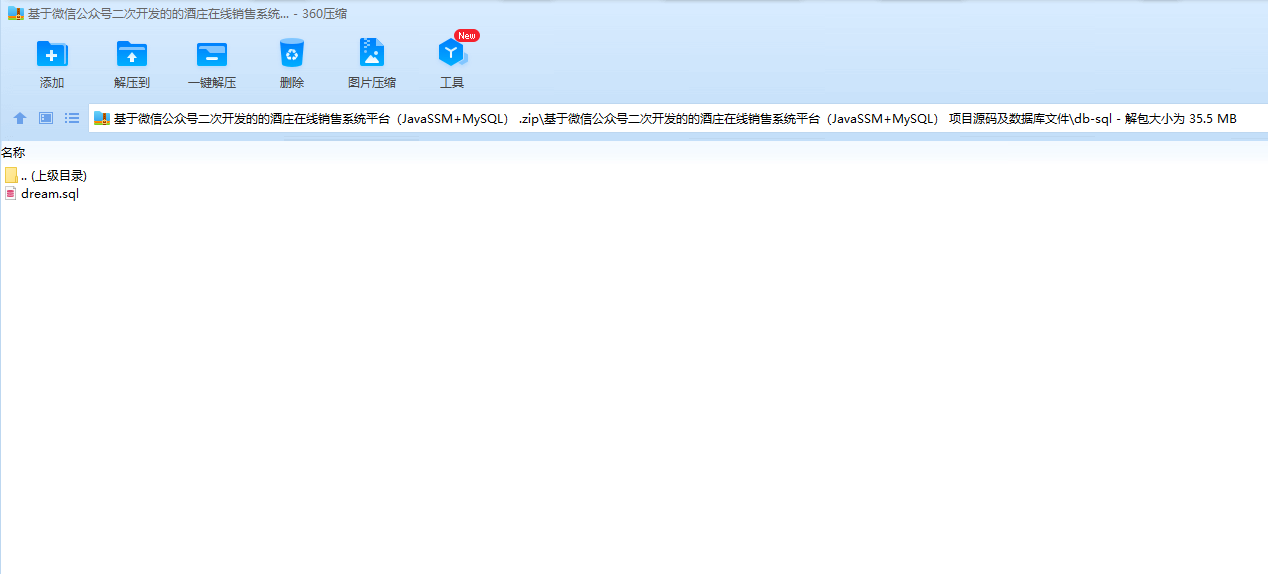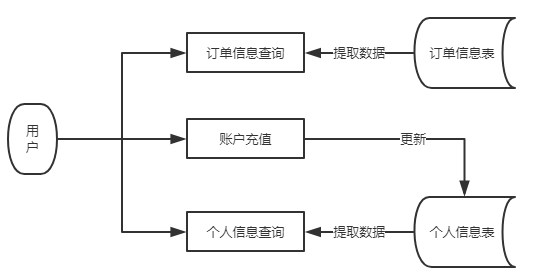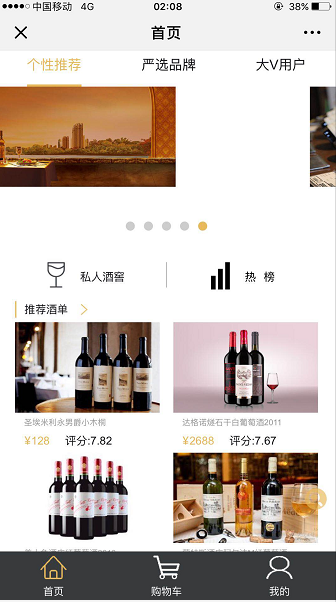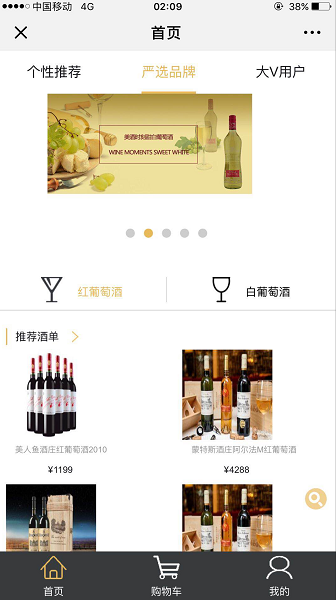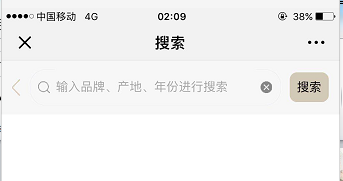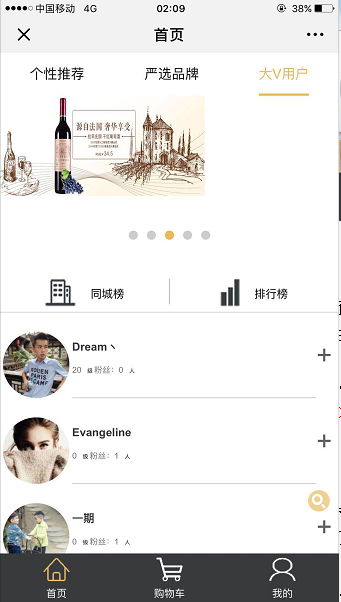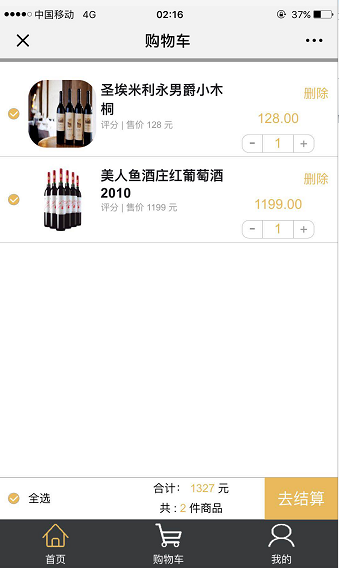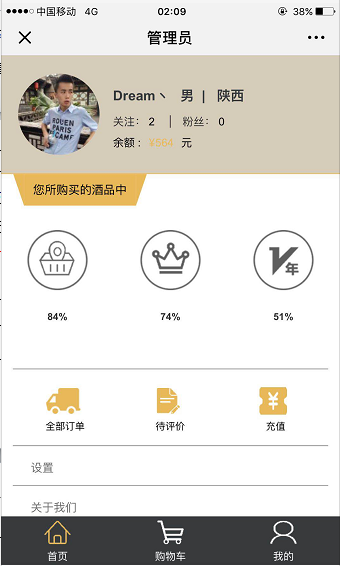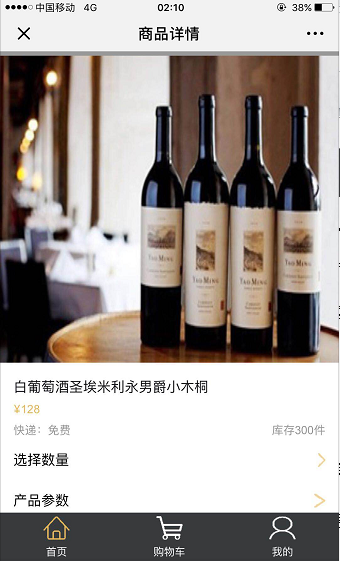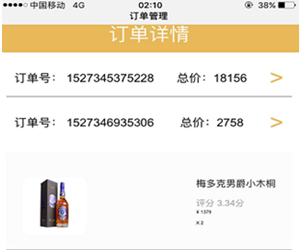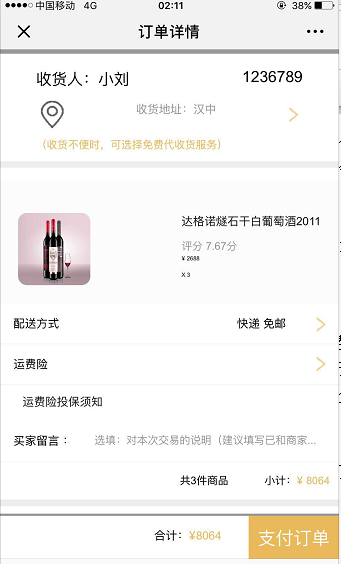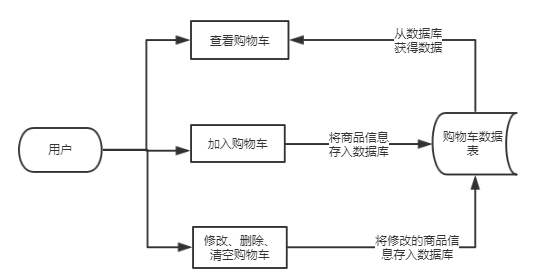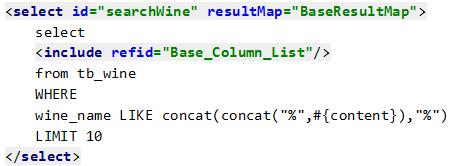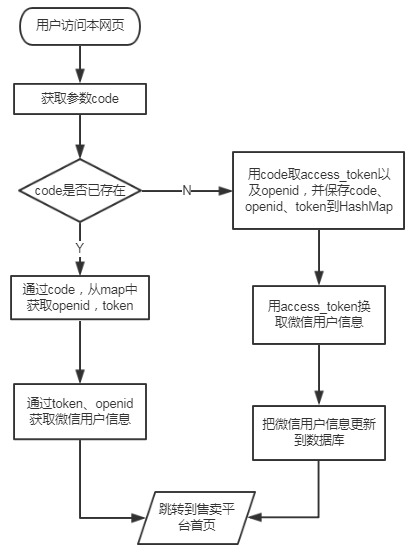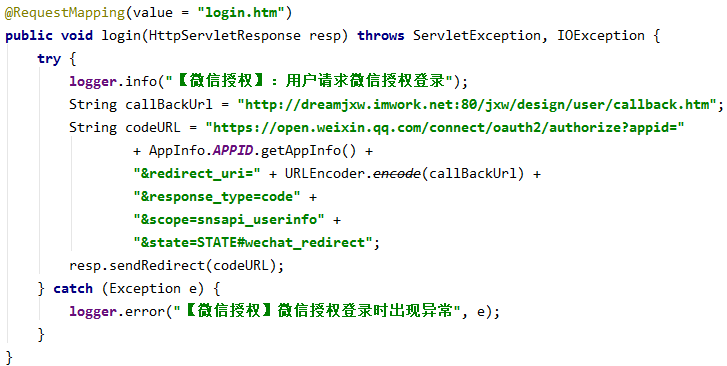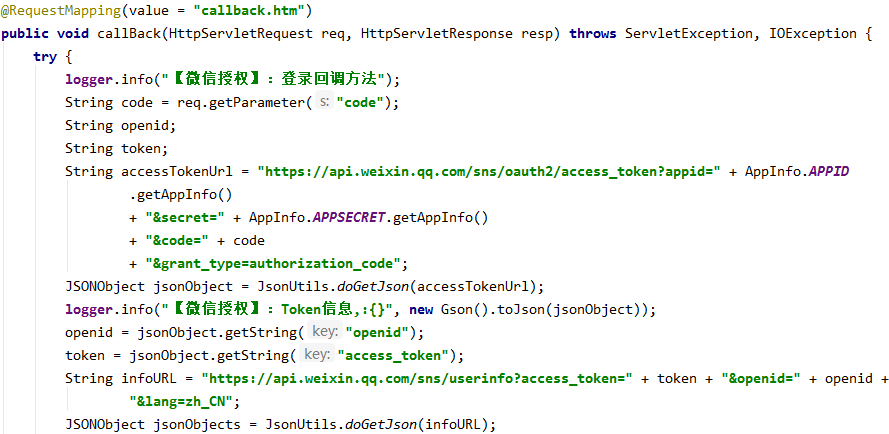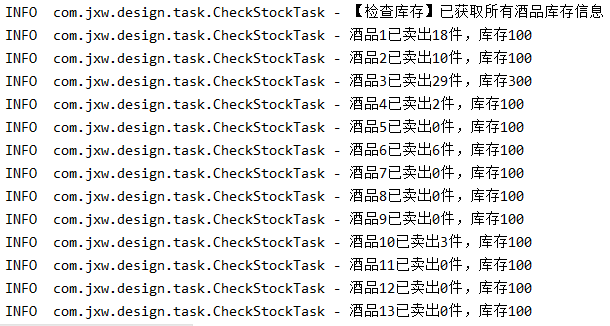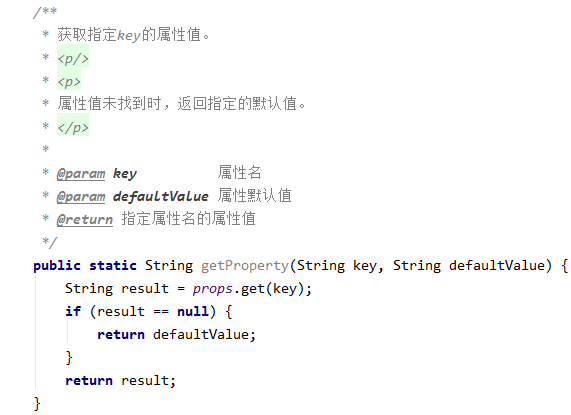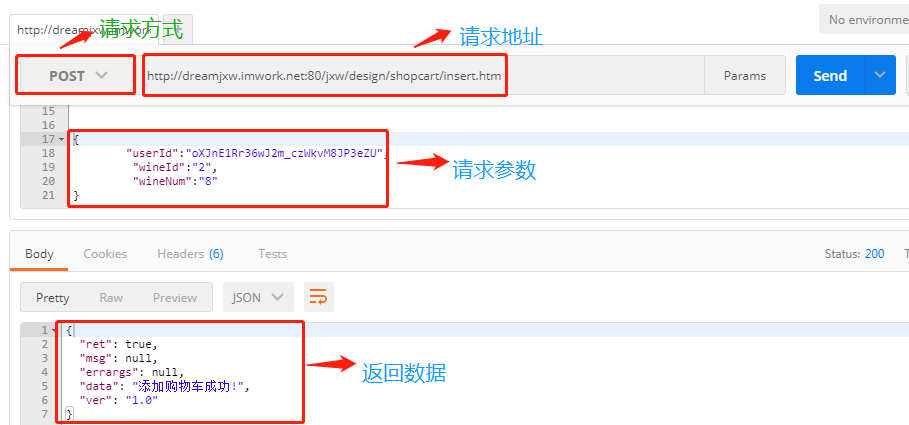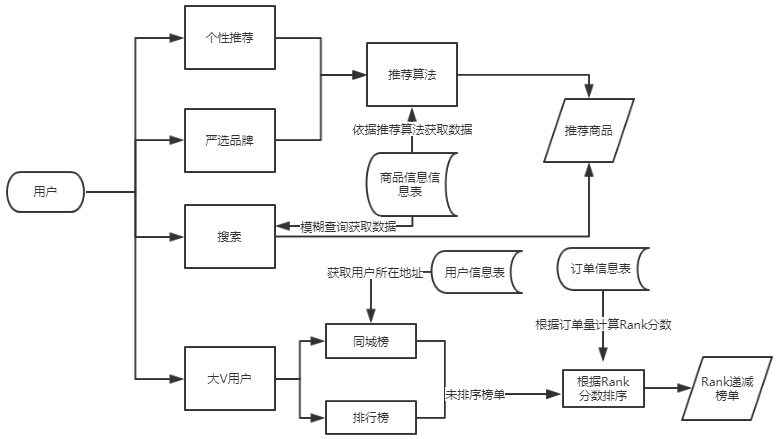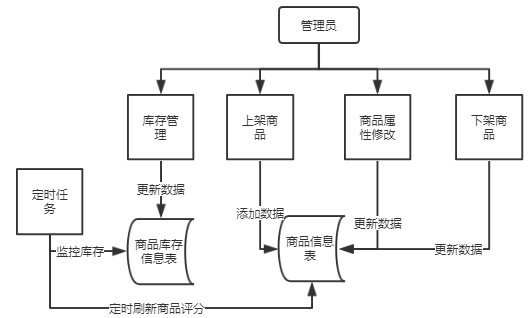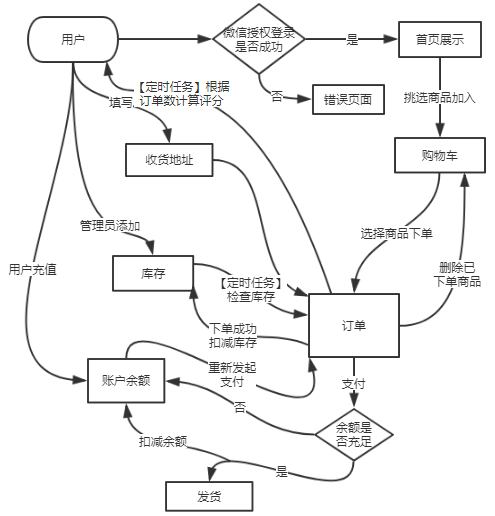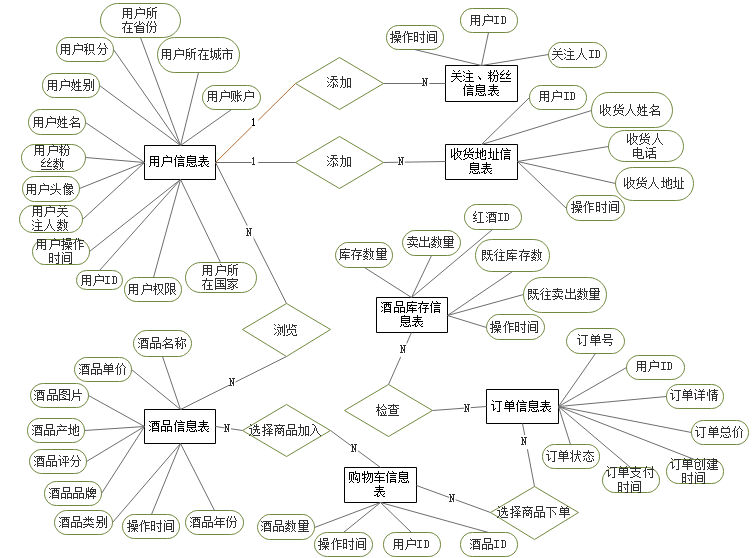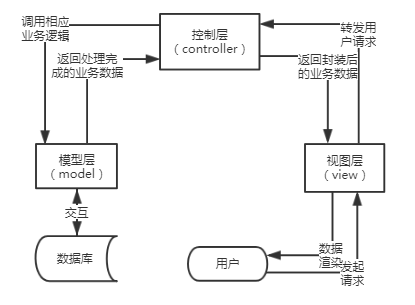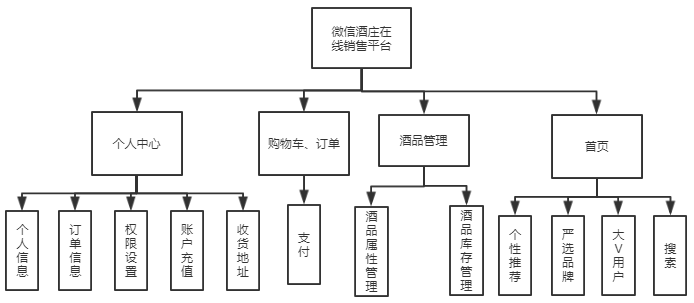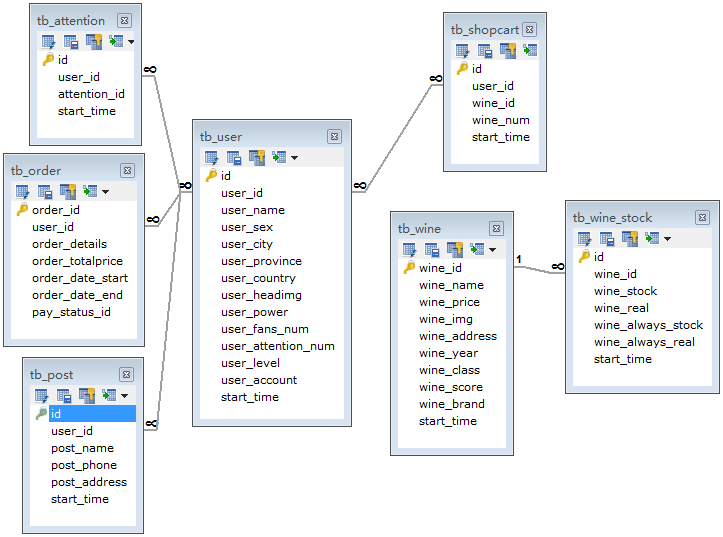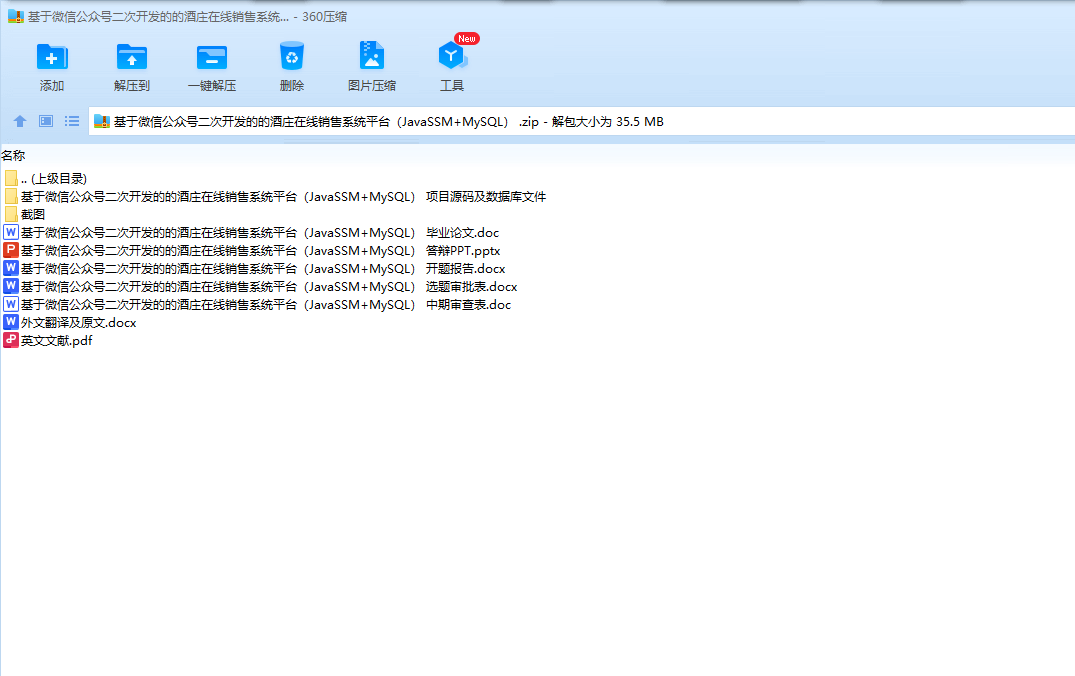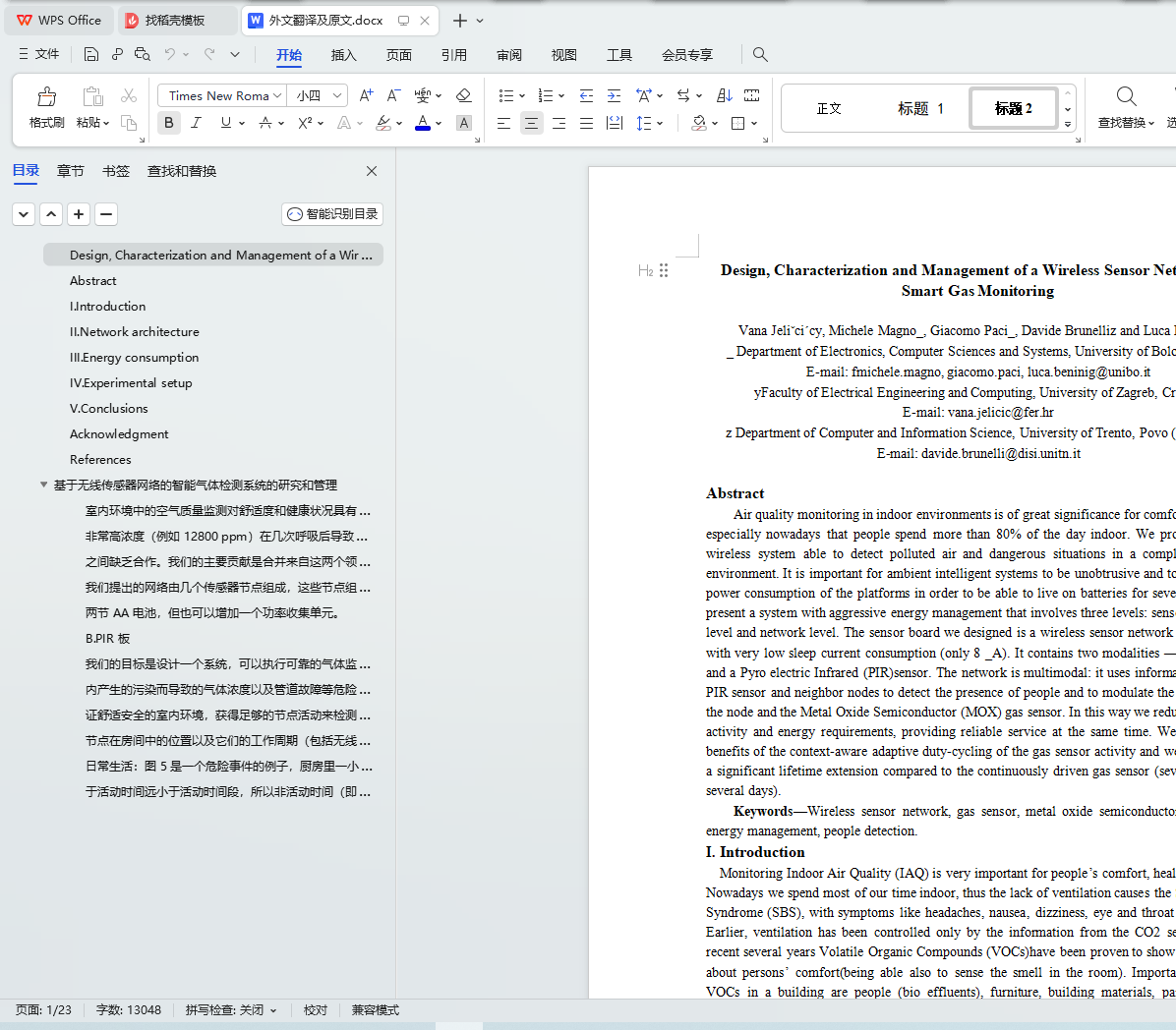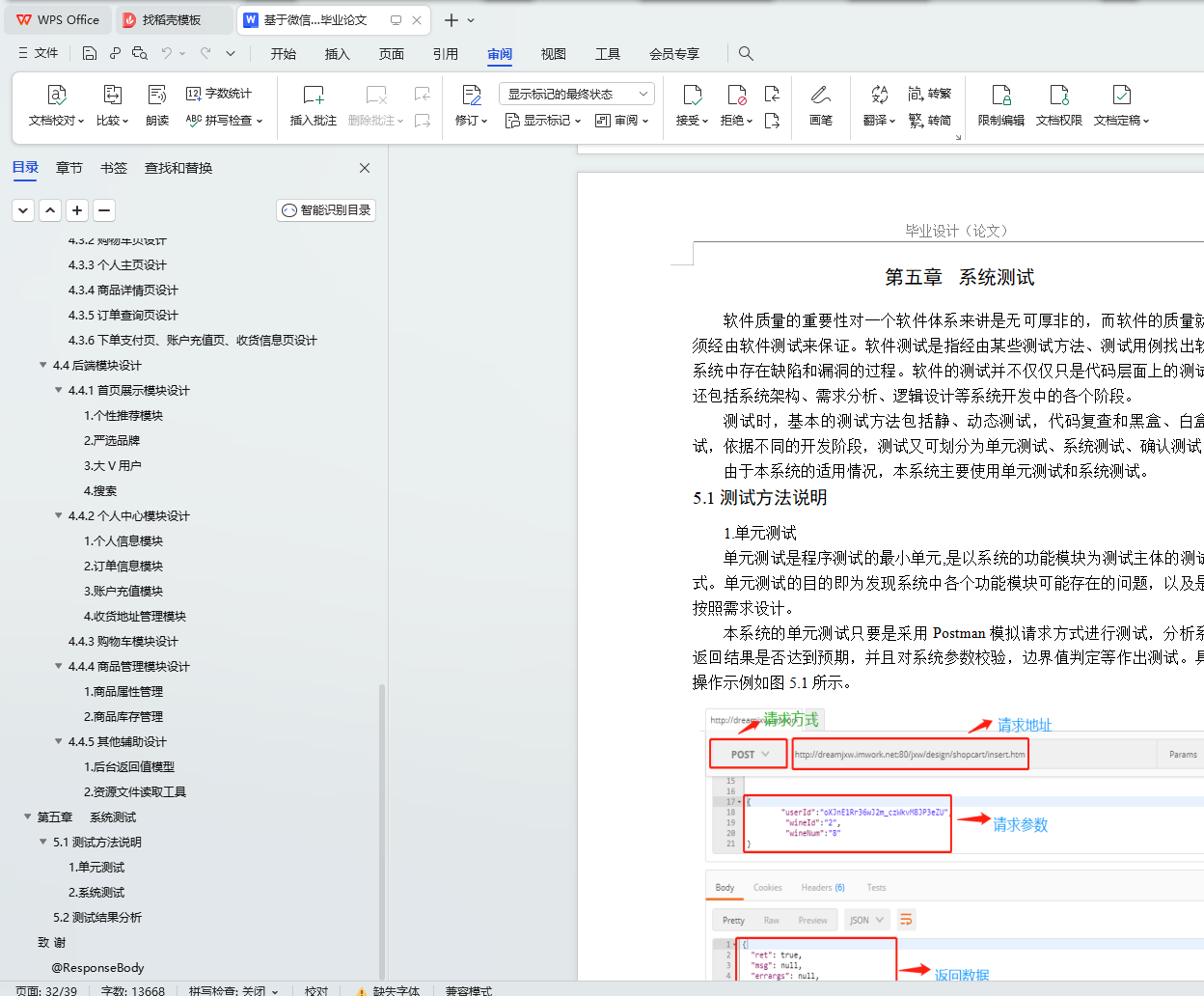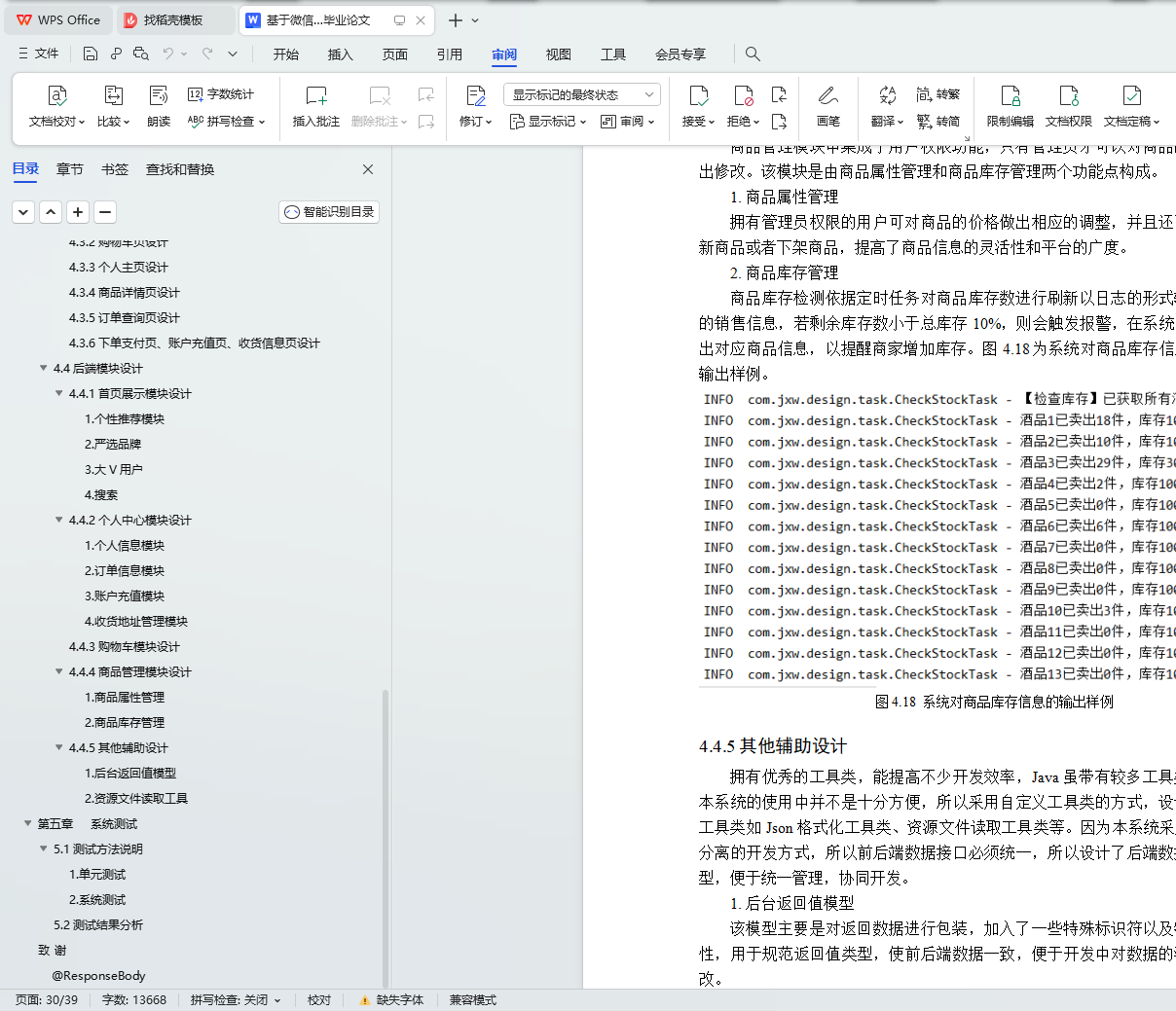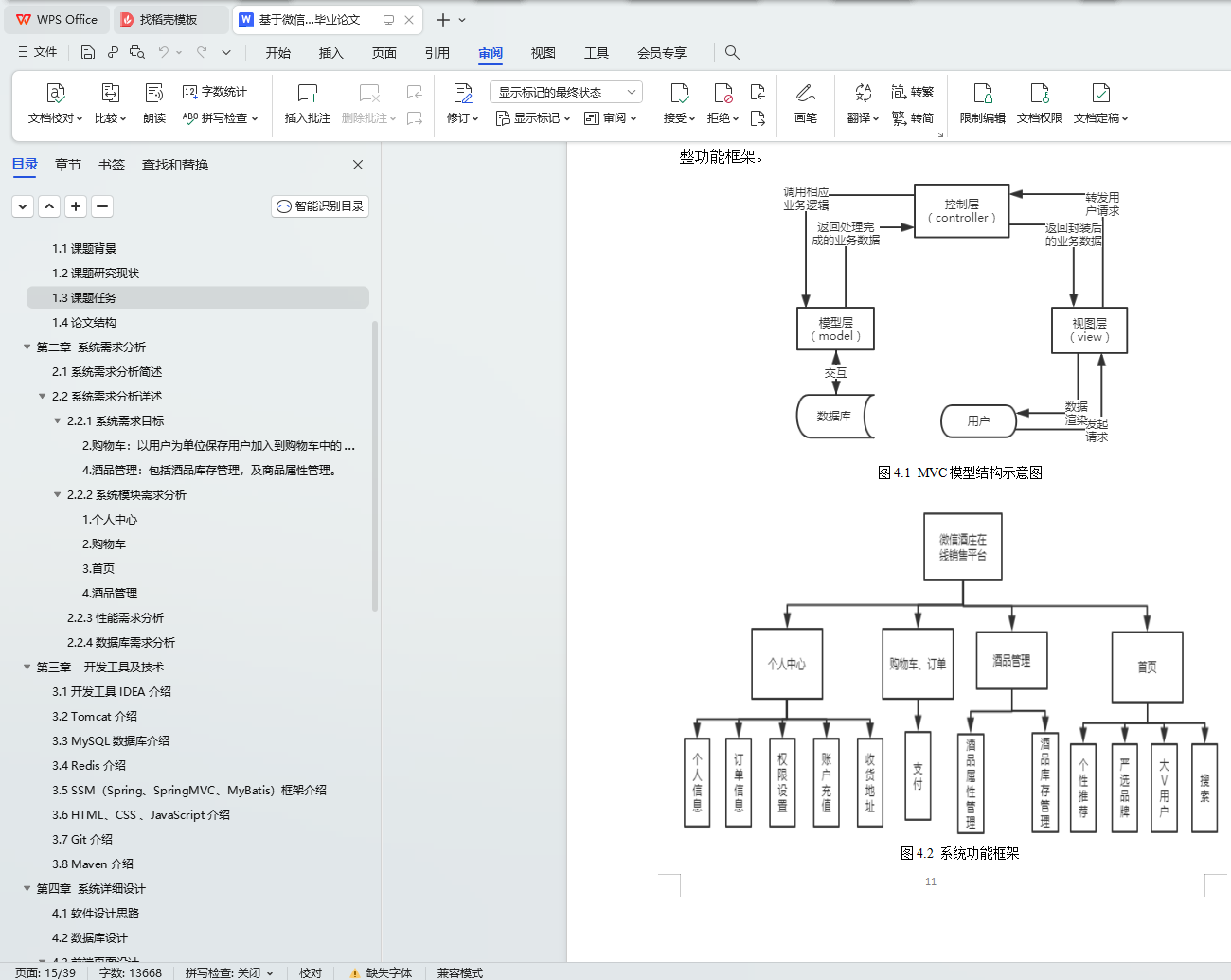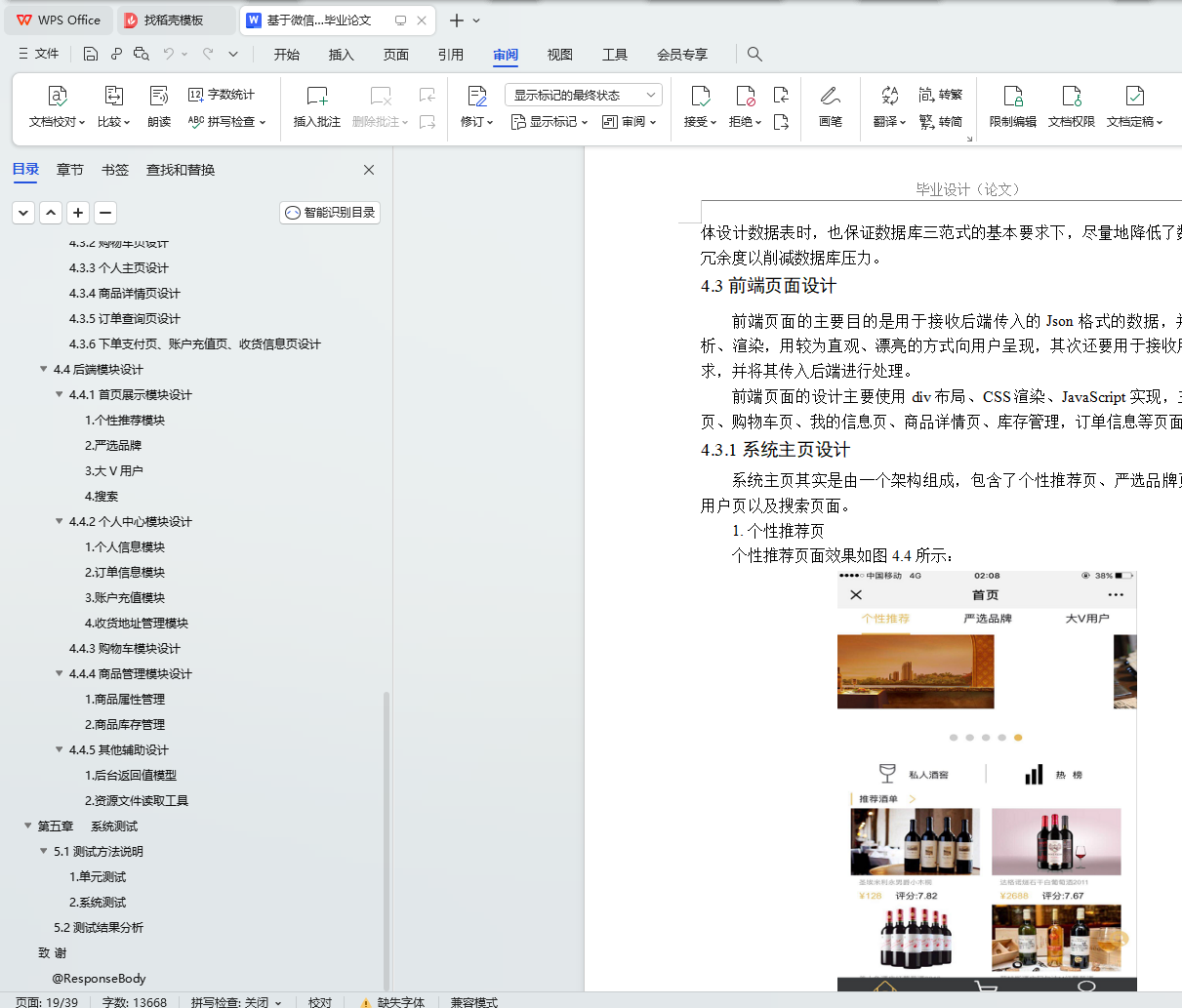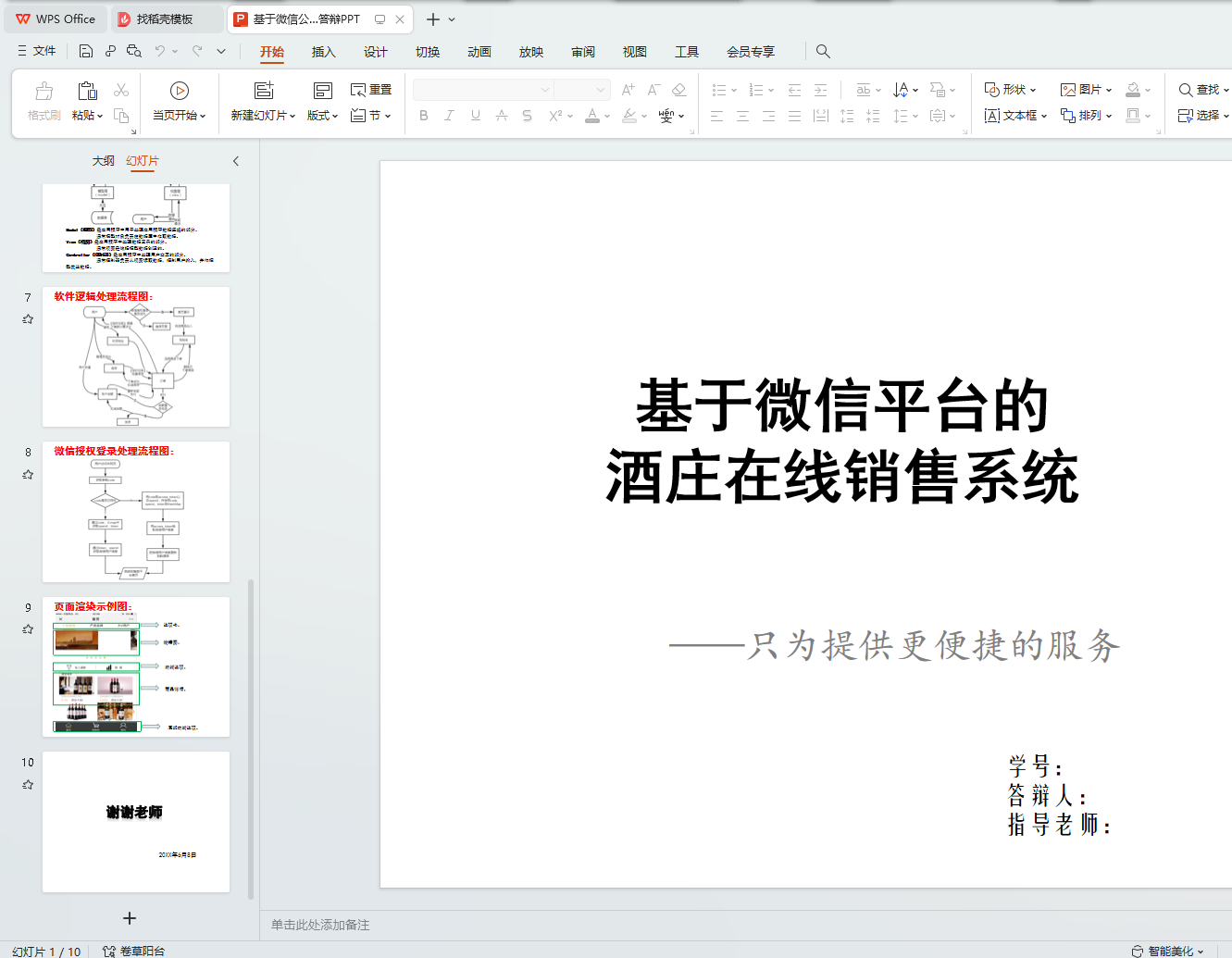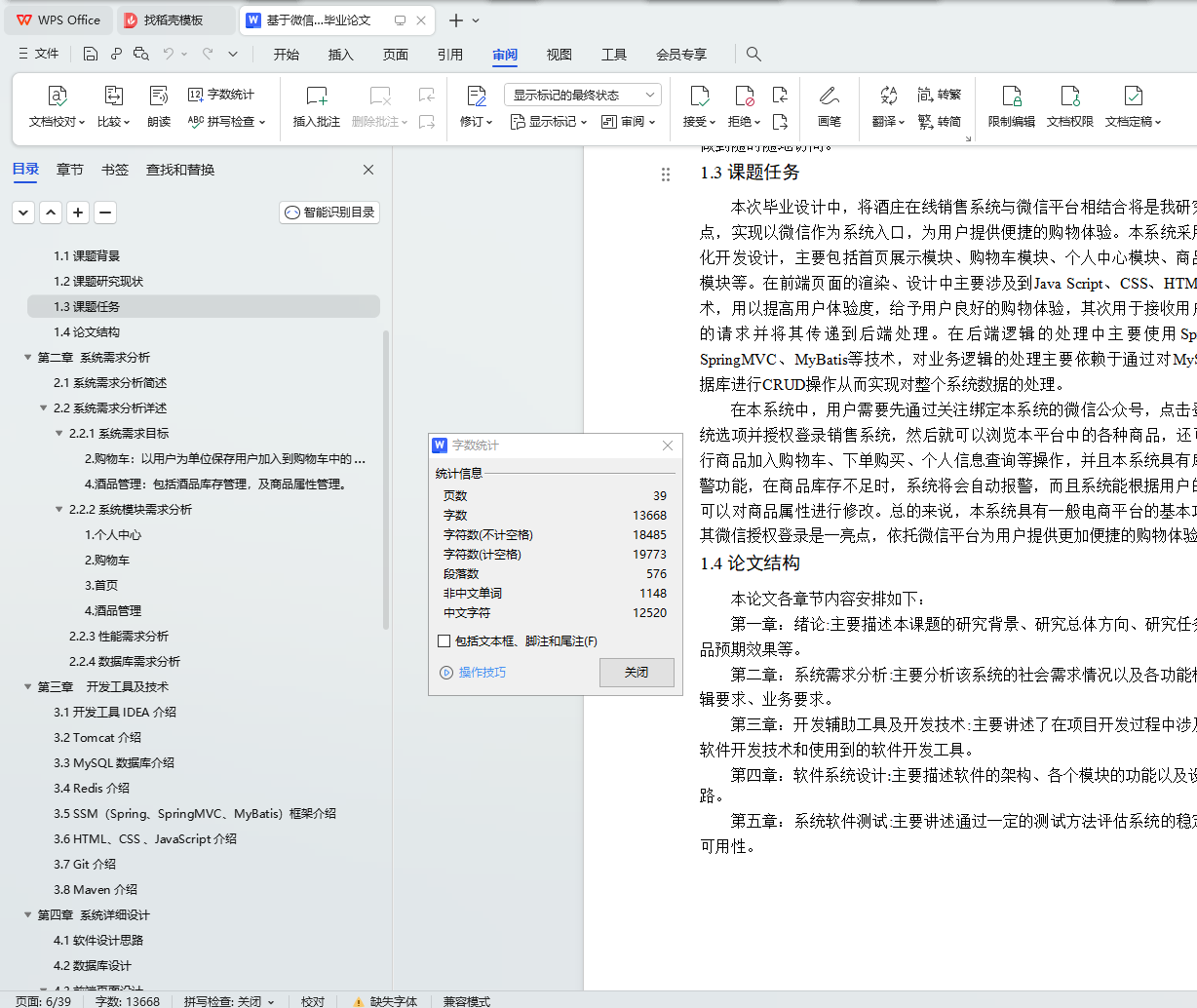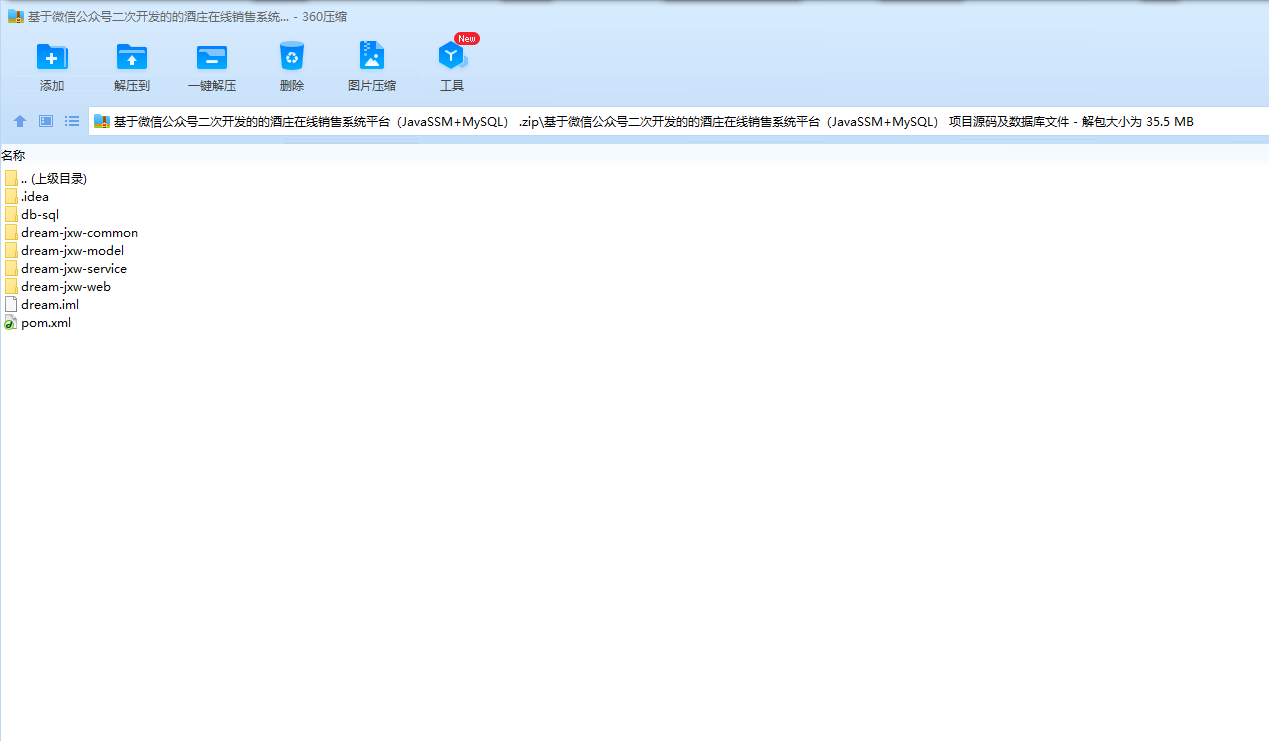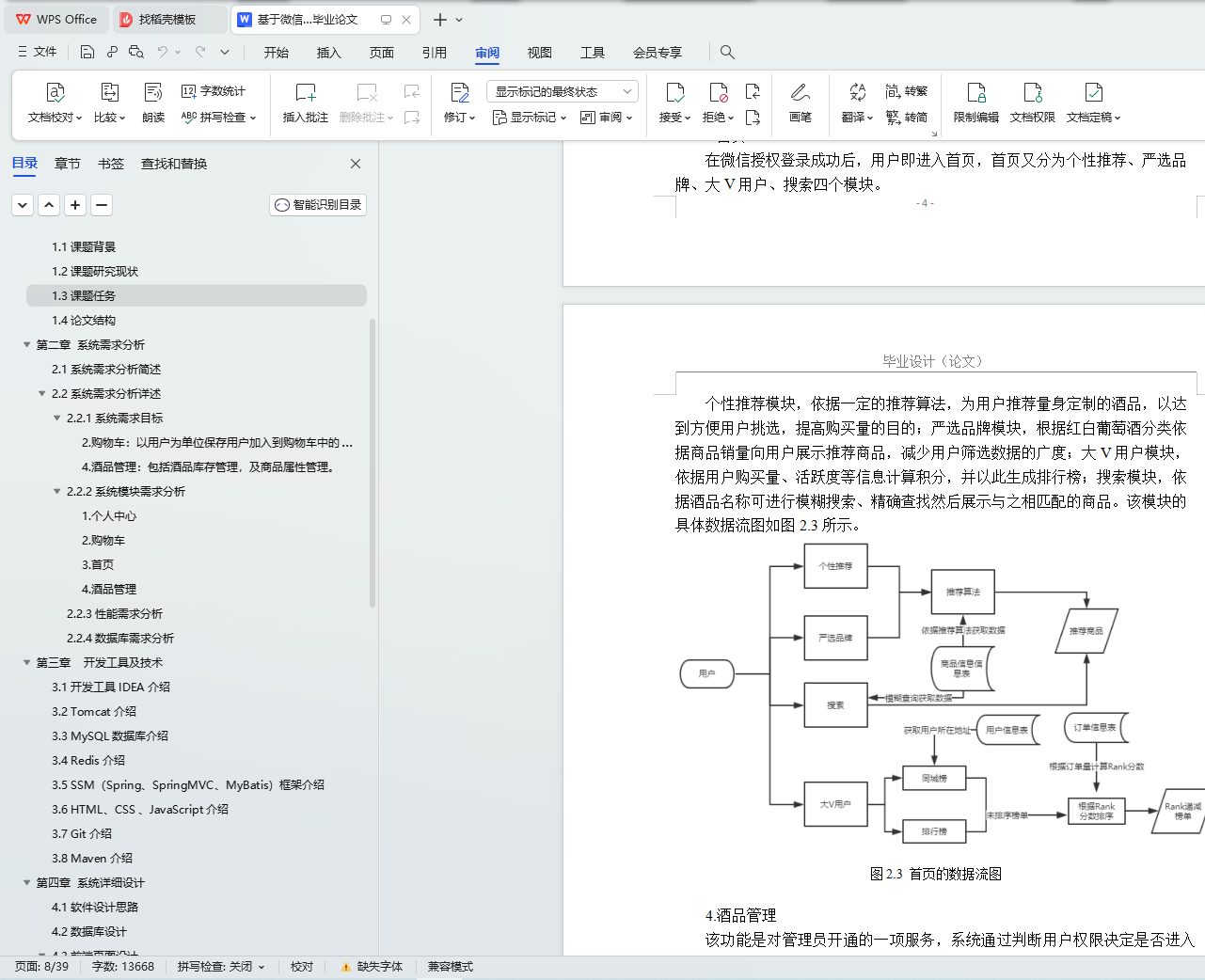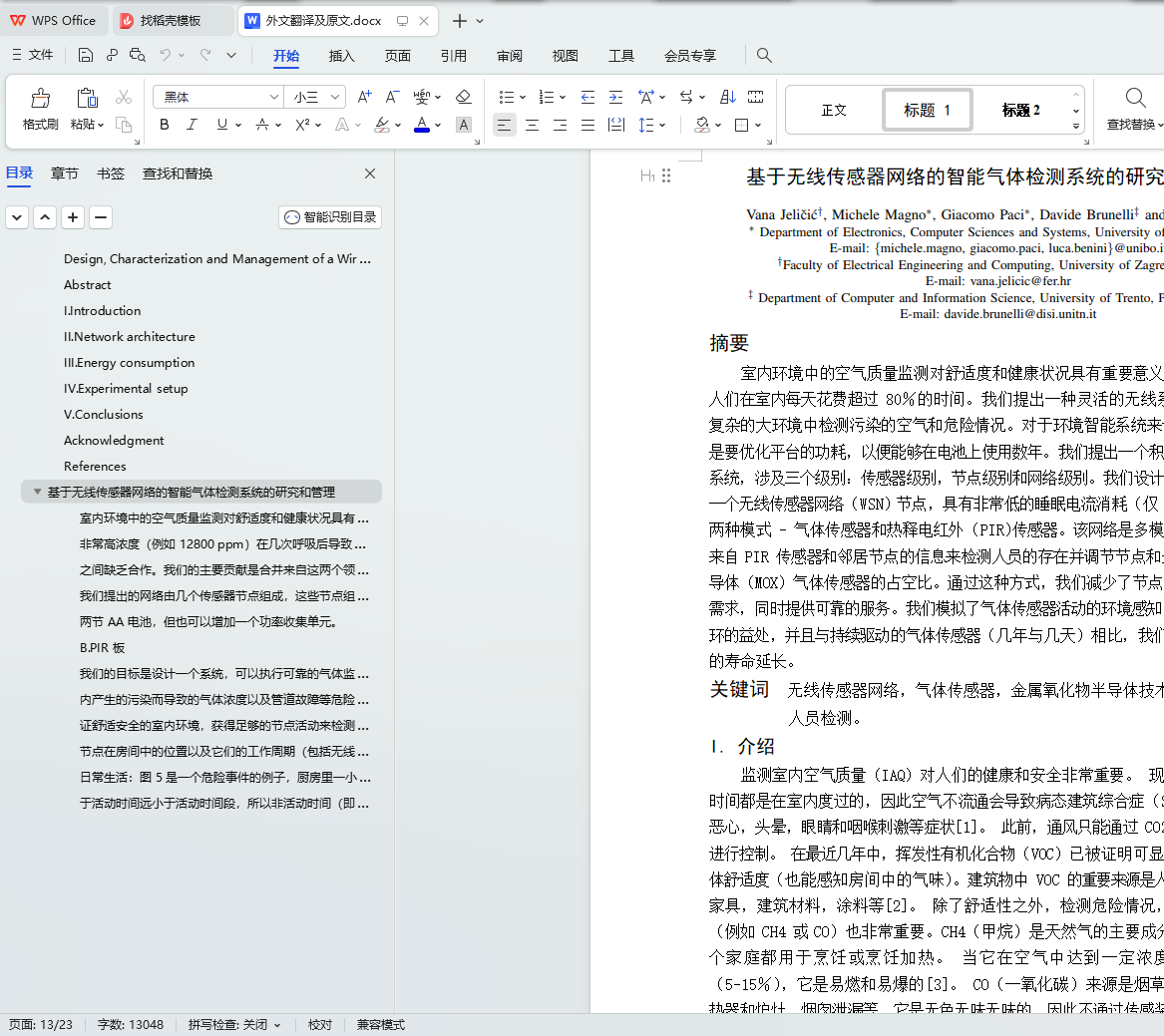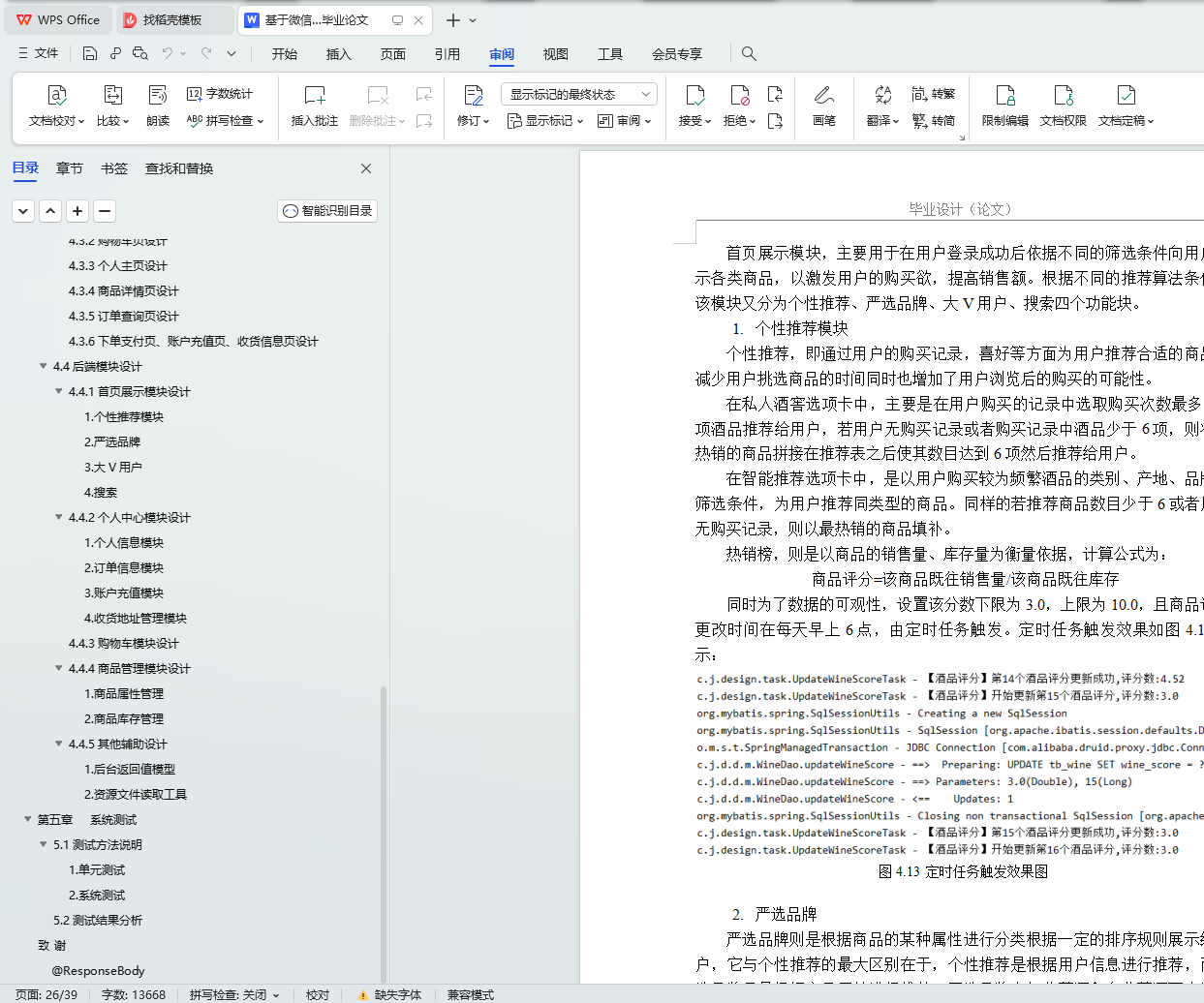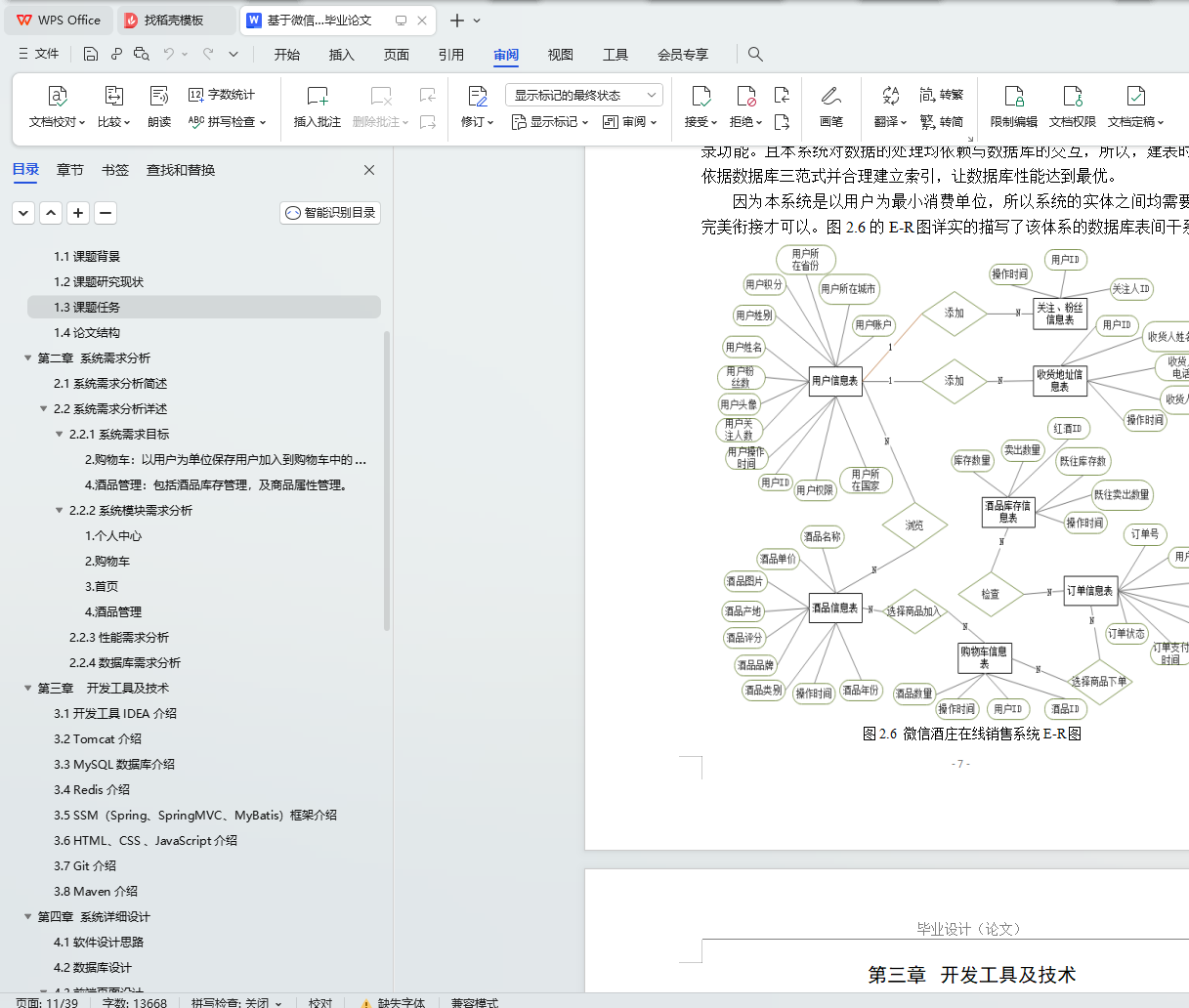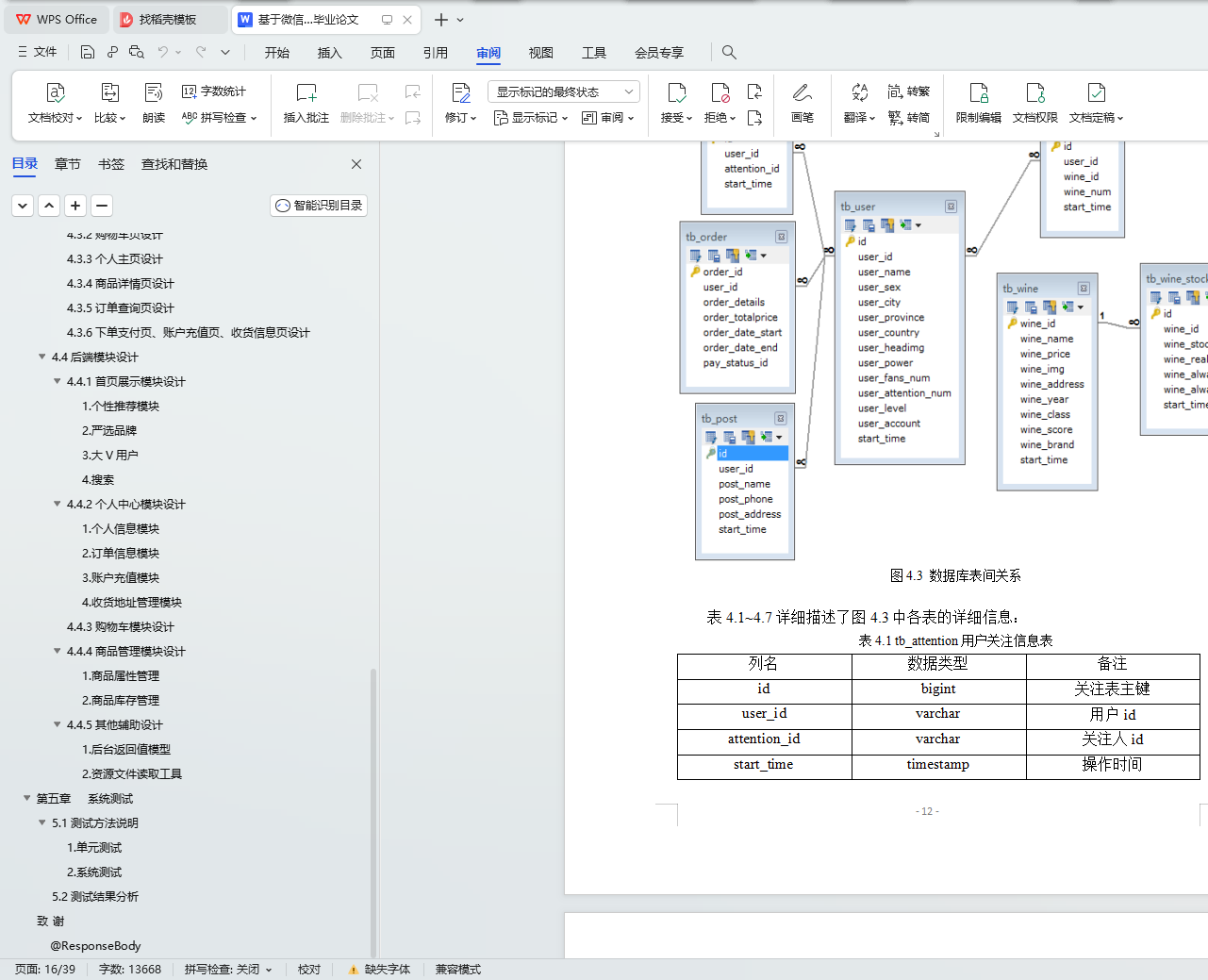摘 要
随着社会的进步以及人民生活水平的提高,葡萄酒这样一款之前较为“奢侈”的商品现在越来越平民化,人们在繁忙的都市生活之余,喝上一杯葡萄酒能让人放慢脚步,用闲暇时光慢慢品味人生,感受优雅、自如的高品质生活。然而葡萄酒的终端供应商的触角虽在一二线城市分布较为广泛,但渐渐发展的中等城市市场葡萄酒的供应却较为缺乏,从而使得人们想要在闲暇时间品上一杯红时酒却因为购买不便而扫兴。
针对上述这种葡萄酒售卖的困境,本课题设计出了一种基于微信平台的酒庄在线销售系统,它借助微信平台的高人流量推动整个销售系统的运作。采用微信公众号的形式,用户只需关注微信公众号并授权登录,即能开始浏览、购买商品,便捷的微信授权登录方式以及详尽的葡萄酒信息,能满足大部分人群对葡萄酒的需求,极大地方便了人们对葡萄酒商品的购买。
关键词:JavaScript;CSS;HTML;Spring;MyBatis;Redis;Git
ABSTRACT
With the progress of society and the improvement of people's living standard, the more "extravagant" goods are now becoming more and more popular with red wine. When people live in busy cities, a cup of red wine can slow you down. You take your leisure time to taste life slowly, and feel elegant and high quality life. However, although wine antenna terminal suppliers in a second tier city is widely distributed, but gradually the development of medium-sized city market supply of wine are scarce, which makes people want in their spare time on a cup of red wine is due to buy, do not buy the blanket.
In view of the difficulties of selling this kind of red wine, this topic designs an online marketing system based on WeChat platform, which promotes the operation of the whole sales system with the help of the adult flow of the WeChat platform. The WeChat public number form, users only need to pay attention to the public, and WeChat authorized login, can start browsing and buying goods. Convenient WeChat authorization login and detailed red wine information can meet the demand for red wine by most people, and it is a great place for people to buy red wine.
Key words: JavaScript; CSS; HTML; Spring; MyBatis; Redis; Git
目 录
第一章 绪论 1
1.1 课题背景 1
1.2 课题研究现状 1
1.3 课题任务 2
1.4 论文结构 2
第二章 系统需求分析 3
2.1 系统需求分析简述 3
2.2 系统需求分析详述 3
2.2.1 系统需求目标 3
2.2.2 系统模块需求分析 3
2.2.3 性能需求分析 7
2.2.4 数据库需求分析 7
第三章 开发工具及技术 8
3.1 开发工具IDEA介绍 8
3.2 Tomcat介绍 8
3.3 MySQL数据库介绍 8
3.4 Redis介绍 8
3.5 SSM(Spring、SpringMVC、Mabatis)框架介绍 8
3.6 HTML、CSS 、JavaScript介绍 9
3.7 Git介绍 9
3.8 Maven介绍 9
第四章 系统详细设计 11
4.1 软件设计思路 11
4.2 数据库设计 12
4.3 前端页面设计 15
4.3.1 系统主页设计 15
4.3.2 购物车页设计 17
4.3.3 个人主页设计 18
4.3.4 商品详情页设计 19
4.3.5 订单查询页设计 20
4.3.6 下单支付页、账户充值页、收货信息页设计 21
4.4 后端模块设计 21
4.4.1 首页展示模块设计 21
4.4.2 个人中心模块设计 23
4.4.3 购物车模块设计 25
4.4.4 商品管理模块设计 25
4.4.5 其他辅助设计 26
第五章 系统测试 29
5.1 测试方法说明 29
5.2 测试结果分析 30
结束语 31
致 谢 32
参考文献 33
附录:部分程序代码 34
